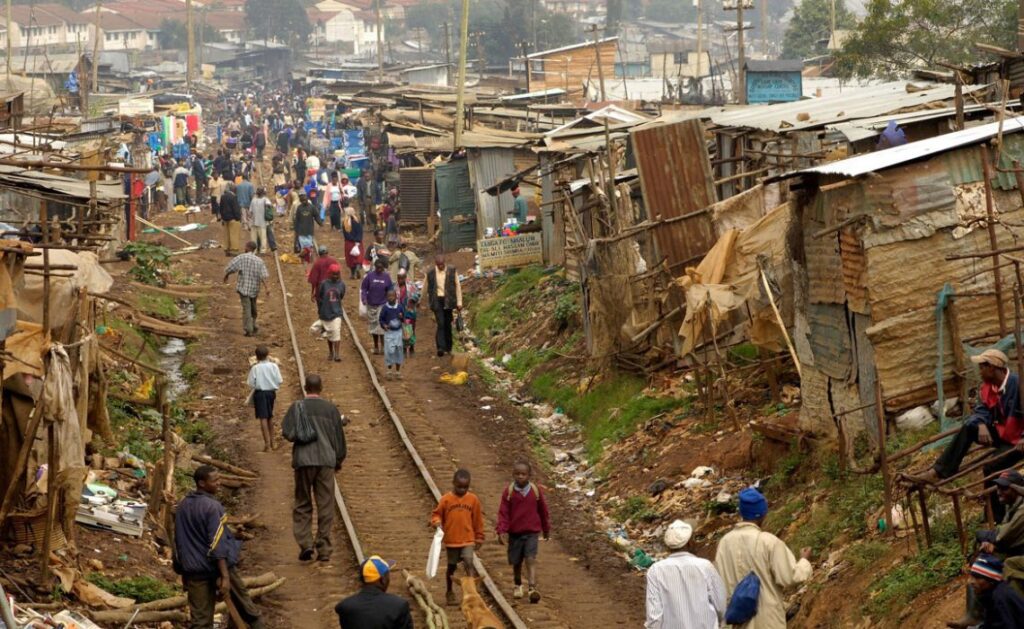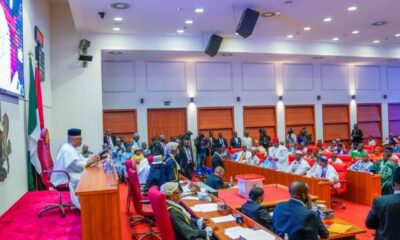news
Top 10 poorest African countries by GDP per capita in 2025

GDP per capita, which represents the average economic output per person, is a crucial measure of a country’s economic well-being. In 2025, many African nations remain at the bottom of the global rankings due to a mix of political instability, conflicts, and limited access to natural resources.
Key Points
- Economic Disparity: GDP per capita varies significantly across Africa due to differences in natural resources, economic structures, and governance.
- Impact of Instability: Political unrest, military coups, and authoritarian regimes have disrupted economies, damaged infrastructure, and deterred investments.
- Food Insecurity: As of 2024, 163 million Africans face acute food insecurity, a situation exacerbated by conflicts and displacement.
Poorest African Countries by GDP Per Capita (2025)
The International Monetary Fund (IMF) ranks these countries as the poorest in Africa by GDP per capita:
| Rank | Country | GDP Per Capita ($) |
|---|---|---|
| 1 | South Sudan | 960.24 |
| 2 | Burundi | 1,010.00 |
| 3 | Central African Republic | 1,310.00 |
| 4 | Malawi | 1,760.00 |
| 5 | Mozambique | 1,790.00 |
| 6 | Somalia | 1,900.00 |
| 7 | Congo | 1,900.00 |
| 8 | Liberia | 2,000.00 |
| 9 | Madagascar | 2,060.00 |
| 10 | Niger | 2,080.00 |
Challenges Facing These Countries
- Conflict and Displacement: South Sudan, the poorest country with a GDP per capita of $960.24, continues to struggle with conflict and instability.
- Economic Vulnerabilities: Countries like Burundi and the Central African Republic remain economically challenged due to political unrest and underdeveloped infrastructure.
- Limited Growth: Most of these nations rely on agriculture, foreign aid, and remittances, with limited industrial or technological advancements.
Broader Impacts
According to the Africa Center, Africa now hosts over 48% of the world’s internally displaced persons (IDPs), with numbers doubling since 2018. Displacement and food insecurity remain significant hurdles to economic progress.
























